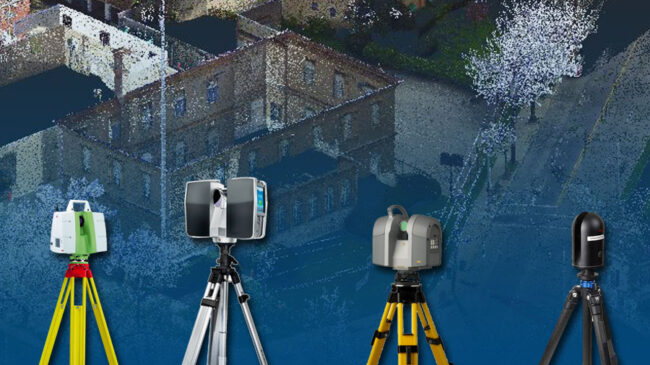Precision in Planning: Unveiling the Architectural Tapestry through BIM Surveys
Embarking on the journey of construction and design projects, the utilization of Building Information Modeling (BIM) surveys emerges as a pivotal strategy, offering a myriad of opportunities to optimize processes and enhance project outcomes. One of the foremost advantages lies in the ability to extract valuable insights from the very foundation of a project. Scan to BIM Somerset surveys provide a comprehensive understanding of the existing site conditions, enabling architects and engineers to make informed decisions that resonate throughout the entire project lifecycle.
In the realm of architectural design, BIM surveys serve as the compass guiding professionals through the intricate tapestry of project planning. By meticulously capturing the spatial and structural nuances of a site, architects gain a holistic view that transcends traditional survey methods. This precision in data collection facilitates the creation of detailed, accurate models, laying the groundwork for designs that seamlessly integrate with the environment.

BIM surveys not only empower architects and engineers with precise data but also act as a catalyst for sustainable design practices. The wealth of information garnered from these surveys facilitates the identification of opportunities for energy efficiency, waste reduction, and optimal resource utilization. By harnessing BIM survey data, design professionals can weave sustainability into the very fabric of their projects, contributing to a greener and more environmentally conscious future.
In essence, the true essence of BIM surveys lies in their transformative capacity to elevate project outcomes. Beyond mere data collection, these surveys serve as a cornerstone for innovative design, fostering a synergy between precision, sustainability, and efficiency. As industries continue to evolve, the strategic integration of BIM surveys becomes not just a tool but a fundamental approach to shaping spaces that stand the test of time.


